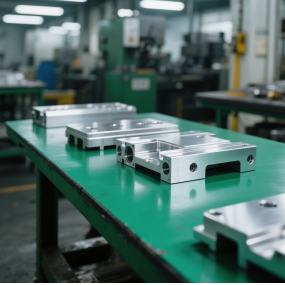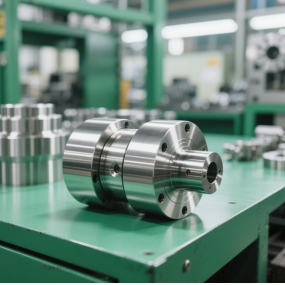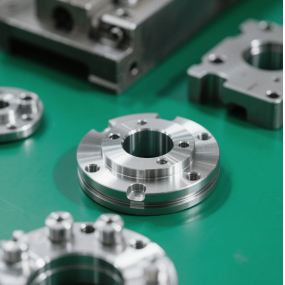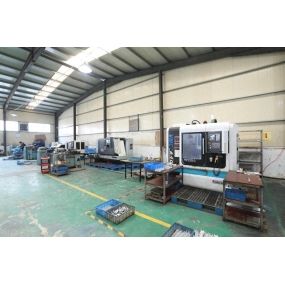Chassis cabinet processing refers to the process of processing raw materials such as metal plates and profiles into chassis and cabinets of various specifications and models through cutting, bending, forming, welding, assembly and other technological processes according to design requirements. Then, the requirements for the internal layout of chassis cabinet processing are as follows: 1. Meet the requirements for equipment installation and maintenance: The internal layout should be convenient for the installation and maintenance of equipment, including the layout and disassembly of power supply, control panel, cooling fan and other components. 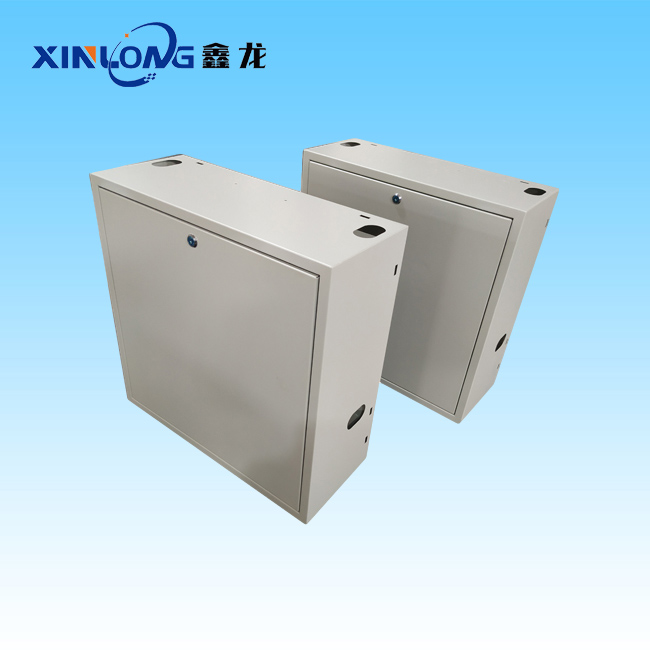 2, Meet the requirements for electrical performance: The internal layout should take into account the electrical performance of the equipment, such as signal transmission, power supply stability, etc., and reasonably arrange cables and connectors to ensure the normal operation of the equipment. 3. Meet the heat dissipation requirements: For the equipment that needs to dissipate heat, the internal layout should take into account the heat dissipation efficiency and heat dissipation channel, and reasonably arrange the radiator and heat dissipation fan. 4. Meet the space utilization requirements: On the premise of ensuring the normal operation of the equipment, the internal layout should improve the space utilization as much as possible and reduce unnecessary space waste. 5. Meet the relevant standards and specifications: The internal layout should meet the requirements of the relevant standards and specifications, such as electrical safety, electromagnetic shielding, etc. 6. Consider future expansion and upgrade: The internal layout should consider the need for future expansion and upgrade, and reserve enough space and interfaces. 7. Easy maintenance and maintenance: The internal layout should be convenient for the daily maintenance and maintenance of the equipment, including filter cleaning, equipment lubrication, etc. 8. Consider vibration and noise: For equipment with vibration and noise, the internal layout should take corresponding vibration and noise reduction measures. 9. Consider cost and weight: Under the condition of meeting performance requirements, the internal layout should reduce cost and weight as much as possible.
2, Meet the requirements for electrical performance: The internal layout should take into account the electrical performance of the equipment, such as signal transmission, power supply stability, etc., and reasonably arrange cables and connectors to ensure the normal operation of the equipment. 3. Meet the heat dissipation requirements: For the equipment that needs to dissipate heat, the internal layout should take into account the heat dissipation efficiency and heat dissipation channel, and reasonably arrange the radiator and heat dissipation fan. 4. Meet the space utilization requirements: On the premise of ensuring the normal operation of the equipment, the internal layout should improve the space utilization as much as possible and reduce unnecessary space waste. 5. Meet the relevant standards and specifications: The internal layout should meet the requirements of the relevant standards and specifications, such as electrical safety, electromagnetic shielding, etc. 6. Consider future expansion and upgrade: The internal layout should consider the need for future expansion and upgrade, and reserve enough space and interfaces. 7. Easy maintenance and maintenance: The internal layout should be convenient for the daily maintenance and maintenance of the equipment, including filter cleaning, equipment lubrication, etc. 8. Consider vibration and noise: For equipment with vibration and noise, the internal layout should take corresponding vibration and noise reduction measures. 9. Consider cost and weight: Under the condition of meeting performance requirements, the internal layout should reduce cost and weight as much as possible.
Hello! Welcome to EMAR's website!
 English
English » »
» »
 Spanish
Spanish Arabic
Arabic Portuguese
Portuguese Belarusian
Belarusian Japanese
Japanese Russian
Russian Icelandic
Icelandic Bulgarian
Bulgarian Azerbaijani
Azerbaijani Estonian
Estonian Irish
Irish Polish
Polish Persian
Persian Boolean
Boolean Danish
Danish German
German French
French Filipino
Filipino Finnish
Finnish Korean
Korean Dutch
Dutch Galician
Galician Catalan
Catalan Czech
Czech Croatian
Croatian Latin
Latin Latvian
Latvian Romanian
Romanian Maltese
Maltese Malay
Malay Macedonian
Macedonian Norwegian
Norwegian Swedish
Swedish Serbian
Serbian Slovak
Slovak Slovenian
Slovenian Swahili
Swahili Thai
Thai Turkish
Turkish Welsh
Welsh Urdu
Urdu Ukrainian
Ukrainian Greek
Greek Hungarian
Hungarian Italian
Italian Yiddish
Yiddish Indonesian
Indonesian Vietnamese
Vietnamese Haitian Creole
Haitian Creole Spanish Basque
Spanish Basque


